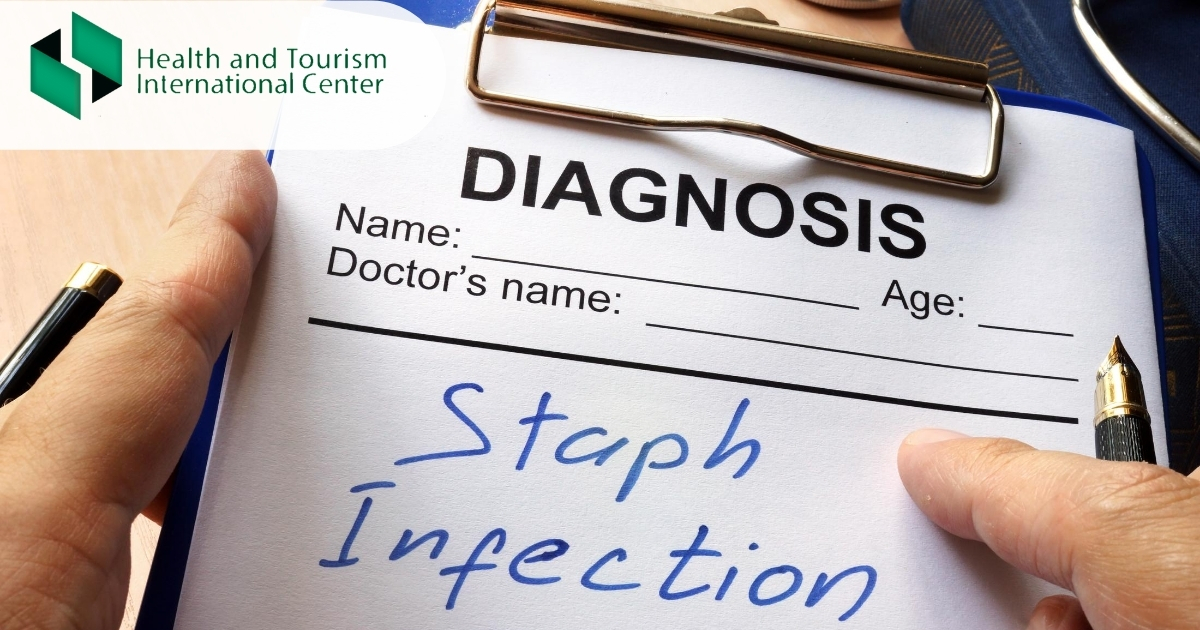Staph infections are caused by staphylococcus bacteria.
Types of germs are commonly found on the skin or in the nose of even healthy individuals.
Most of the time, these bacteria cause no problems or result in relatively minor skin infections. But staph infections can turn deadly if the bacteria invade deeper into your body, entering your bloodstream, joints, bones, lungs or heart.
Treatment usually involves antibiotics and drainage of the infected area.
However, some staph infections no longer respond to common antibiotics.
Symptoms
Signs and symptoms of staph infections vary widely, depending on the location and severity of the infection.
Skin infections
Skin infections caused by staph bacteria include:
- Boils.
- Impetigo.
- Cellulites.
- Staphylococcal scalded skin syndrome.
Food poisoning
Staph bacteria are one of the most common causes of food poisoning.
Symptoms come on quickly, usually within hours of eating a contaminated food. Symptoms usually disappear quickly, too, often lasting just half a day.
Signs and symptoms of staph infection include:
- Nausea and vomiting
- Diarrhea
- Dehydration
- Low blood pressure
Bacteremia
Also known as a bloodstream infection, bacteremia occurs when staph bacteria enter a person's bloodstream. A fever and low blood pressure are signs of bacteremia.
The bacteria can travel to locations deep within your body, to produce infections affecting:
- Internal organs, such as your brain, heart or lungs
- Bones and muscles
- Surgically implanted devices, such as artificial joints or cardiac pacemakers
Toxic shock syndrome
This life-threatening condition results from toxins produced by some strains of staph bacteria and has been linked to certain types of tampons, skin wounds and surgery.
It usually develops suddenly with:
- A high fever
- Nausea and vomiting
- A rash on your palms and soles that resembles a sunburn
- Confusion
- Muscle aches
- Diarrhea
- Stomach pain
Septic arthritis
Septic arthritis is often caused by a staph infection.
The bacteria often target the knees, shoulders, hips, and fingers or toes.
Signs and symptoms may include:
- Joint swelling
- Severe pain in the affected joint
- Fever
Causes
Many people carry staph bacteria and never develop staph infections. However, if you develop a staph infection, there's a good chance that it's from bacteria you've been carrying around for some time.
These bacteria can also be transmitted from person to person.
Because staph bacteria are so hardy, they can live on objects such as pillowcases or towels long enough to transfer to the next person who touches them.
A variety of factors can increase your risk of developing staph infections.
Source:
https://www.mayoclinic.org/diseases-conditions/staph-infections/symptoms-causes/syc-20356221

